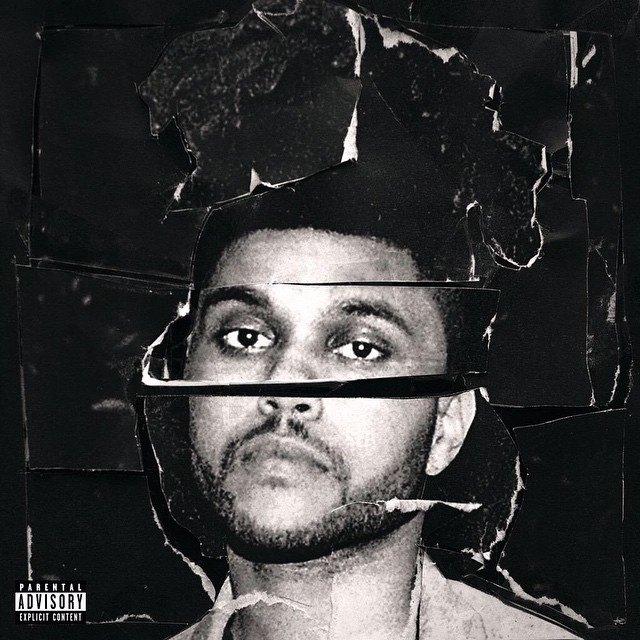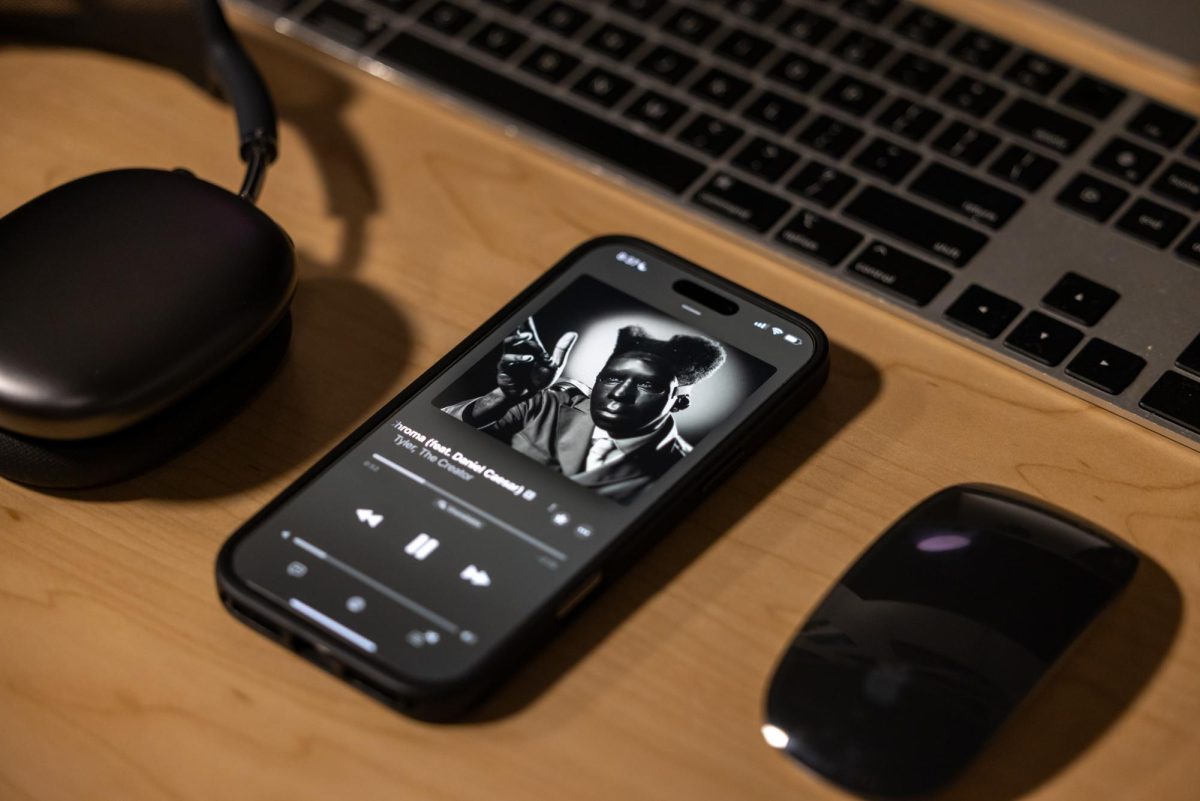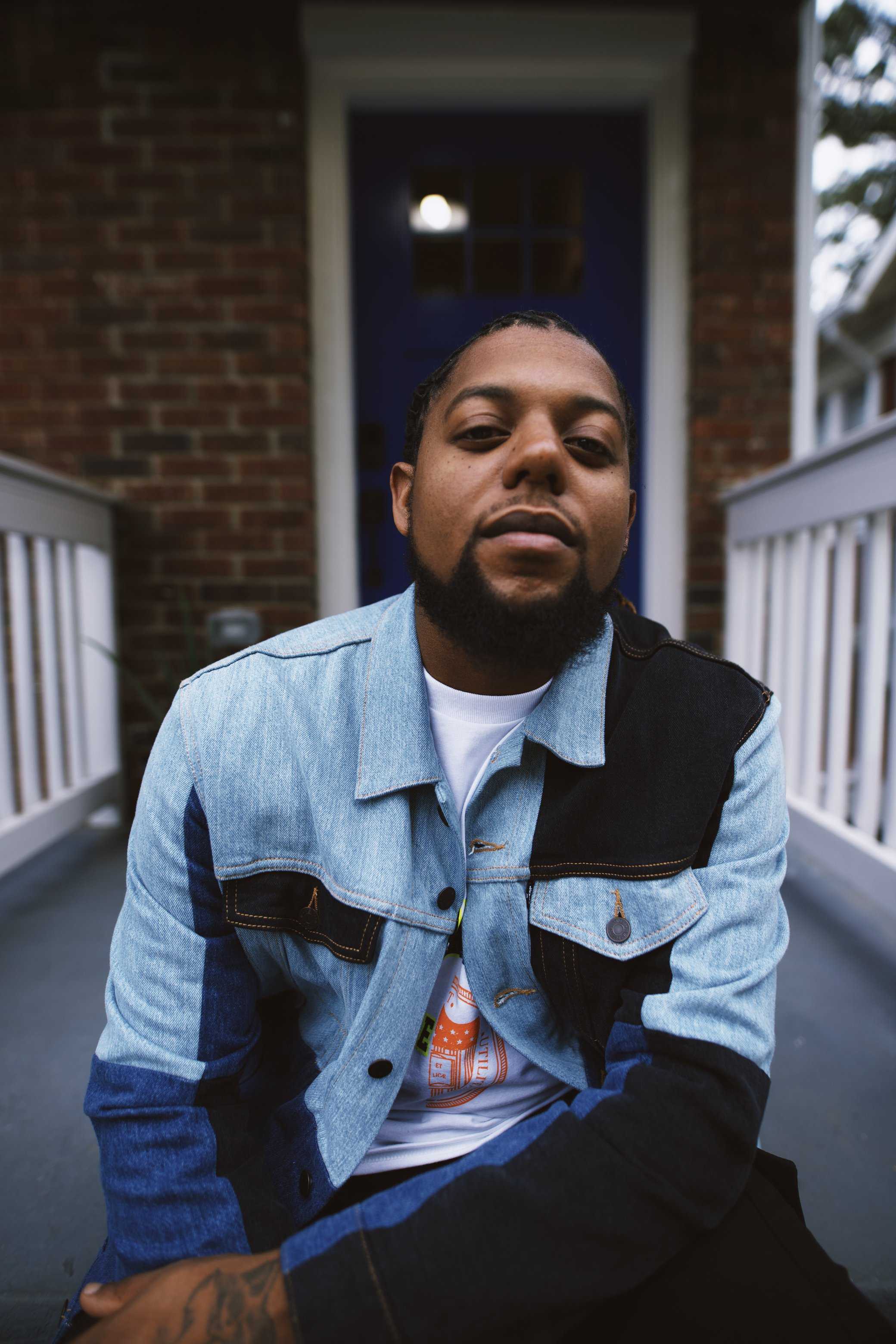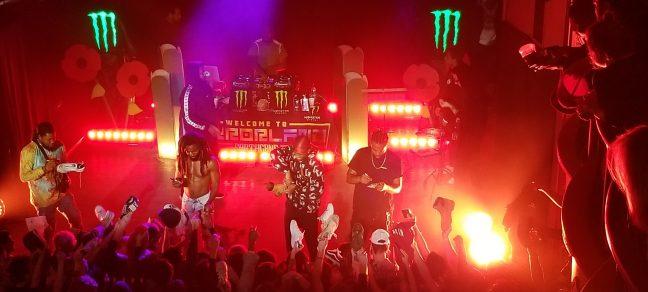The influx of popular music released so far makes 2015 a historical year for the billboards. Abel Tesfaye — more commonly known as The Weeknd — dominates this incredible year in singles, contributing “50 Shades of Grey’s” only redeeming quality with “Earned It,” and dropping a song no one can dislike, “Can’t Feel my Face.”
But his longtime fans understand the sacrifice they must make as The Weeknd breaks into the mainstream and cashes in on his talent. The once brooding, über-sinful crooner has become a lovestruck R&B-pop superstar.
Tesfaye’s latest LP Beauty Behind the Madness sheds the polarizing, R&B niche The Weeknd stood by for three mixtapes and an album. While he keeps the MJ voice, he adds hit-machine Max Martin on production, churning out record-breaking singles for millions of new listeners, while also easing old fans into a new era.
The Weeknd has a tendency to start his albums and mixtapes slow; listen to “Professional” off of Kissland, “Life of the Party” on Thursday and “D.D.” from Echoes of Silence. “Real Life” opens Beauty in a cautious, orchestrated manner. Strings play a major role in the album and form the rhythm for this opener. “Real Life” shares a similar style to “Earned It,” but lacks the theatrics and booming production the latter revels in.
Anytime an artist can boast a Kanye-produced track on their song, most people instantly know it’s going to be a hit (exception: ASAP Rocky). “Tell Your Friends” thrives on the soul groove and simple jazz percussion that stays consistent throughout. Maybe having someone as powerful as West attached to a track forces the artist to try their best lyrically. The prose reflects his work ethic and prominence in the Millennial generation:
“My cousin said I made it big and it’s unusual / She tried to take a selfie at my grandma’s funeral,” Tesfaye sings. “I was broken, I was broke, I was so broke / I used to roam around the town when I was homeless.”
Halfway through the album come the singles “Often” and “The Hills.” They remain in the gritty, booming and overly-sexual Trilogy-era of his first three mixtapes. They’re built on late night beats that put listeners in a hazy trance. These are the songs to put on when you finally get back to your apartment after partying.
They contain sex and drug lyrics over chilling beats. It’s the Tesfaye we know and adore, his way of assuring the old fans he hasn’t forgotten them.
The back half of the album stalls out on lamentable production and forgettable moments. “Shameless,” “In the Night” and “As You Are” blend together as slower love ballads, reminiscent of ’80s R&B-pop. Only the Lana Del Rey featured “Prisoner” shines between the clunky and hopeful single “Dark Times” with Ed Sheeran, and dreadful closer “Angel.” Rey and Tesfaye collaborate perfectly with their mutual smokey, sexy styles.
In contrast, “Angel” is just The Weeknd singing over an ’80s metal band ballad. Even Sia’s cameo and the children’s chorus at the end couldn’t salvage this song. “Angel” results as a curveball ending, leaving a bad taste in the mouth.
Despite other successes, mega-hit “Can’t Feel My Face” is the strongest song on the album. Given the circumstances of its release — the Apple Music conference — the single’s prominence makes sense. Before Apple unveiled their streaming app, Spotify dominated the market of accessible, unlimited music. In response, Apple wisely chose the fastest rising artist from their targeted audience to unveil possibly the most listened to song of the summer.
With four knockout singles, it’s difficult to call Beauty Behind the Madness a disappointment. However, what fills the cracks between these hits hides what feels like quickly thrown together pop-R&B instrumentals The Weeknd bears his soul behind. Beauty Behind the Madness proves The Weeknd wants to become the face of pop music today, but can’t quite find his footing.




















